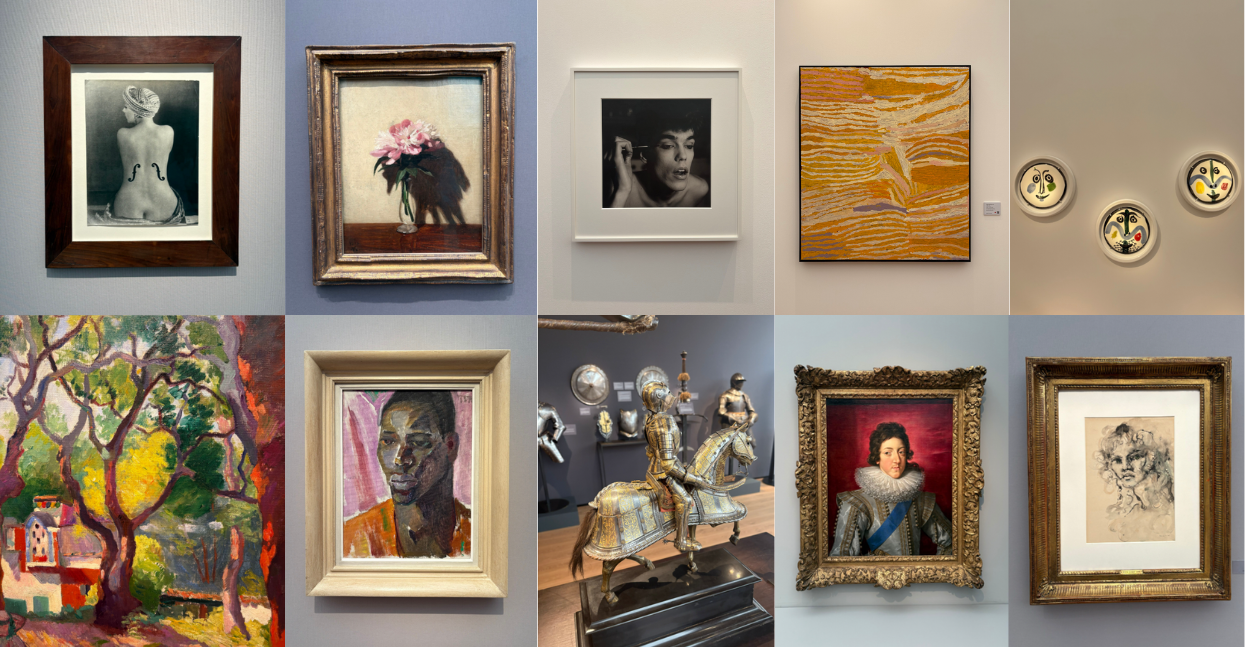As Frieze Week drew to a close, Cultural Comms Senior Account Executive Matt Bessant reflected on this year’s Frieze Masters: an edition defined not by spectacle but by substance.
In his piece below, Matt considers how the fair continues to redefine collecting as an act of discernment rather than acquisition, and in an art world so often driven by immediacy, how it invited something altogether rarer: time, thought and quiet reflection.
Frieze Masters 2025 unfolded in Regent’s Park last week with a quiet assurance, signalling something deeper than the usual market pulse. After several years of spectacle and inflationary pricing, this year’s edition reminded us that collecting, at its best, is not an act of acquisition but of discernment. The atmosphere was different from the overheated energy of past seasons; the aisles were busy, but the pace was measured. The conversation among gallerists and visitors centred less on hype and more on history, materiality, and meaning.
It was, as one seasoned London dealer observed, “a thinking person’s fair”.
Frieze Masters has always positioned itself as the intellectual twin to Frieze London, but 2025 deepened that dialogue. Curated presentations stitched together centuries of art history in a manner that challenged linear thinking. Modernist canvases by Gabriele Münter and Giorgio Morandi spoke fluently beside medieval devotional panels and early African sculpture, underscoring how the logic of form transcends time. Sue Hubbard, writing in Artlyst, noted that Frieze Masters this year was “less about rarity and more about resonance”.
The booths that stood out weren’t those flaunting trophy pieces but those framing art as inquiry. Dickinson Gallery’s presentation of early 20th-century European painting, for example, framed Expressionism not as nostalgia but as a mirror of today’s emotional restlessness. Likewise, at Charles Ede, ancient Estruscan effigies found kinship with the modernist portraiture of Tora Vega Holmström (a personal favourite!) and Toshio Bando.
The market mood was pragmatic but confident. Though Frieze reported seven-figure sales – including a 1929 Klee landscape, which sold for €1.45 million – they also acknowledged a strong current of activity from younger buyers, who were not chasing trends, but educating themselves. “They’re not afraid of the past”, one gallerist told Forbes, “they want to understand where their contemporary tastes come from”. This generational shift may well be the defining legacy of Frieze Masters 2025.
Across the fair, a fascination with surface, touch, and making replaced the digital flash of recent years. Bronze, textiles, and ceramics dominated – materials that demand time, skill, and patience. Take, for example, Osborne Samuel’s collaboration with Kettle’s Yard, Cambridge – the one-time home of curator Jim Ede – which championed Ede’s vision of artistic harmony via the juxtaposition of William Scott’s mellow still lifes with naturalistic sculptures by Barbara Hepworth.
It’s as if the art world, chastened by market fatigue and global uncertainty, is once again listening to the work itself.
With this in mind, it’s exciting to consider what TEFAF might have in store for us in March. With collectors enthused by interdisciplinary and cross-historical presentations, the act of collecting is increasingly one of criticism and inquiry. In an era obsessed with immediacy, that feels quite radical.



